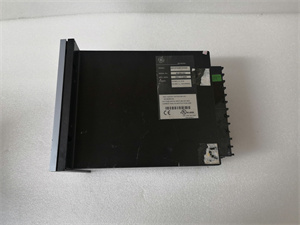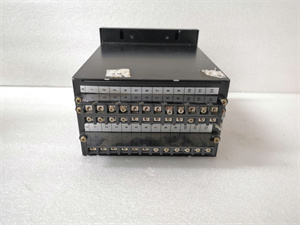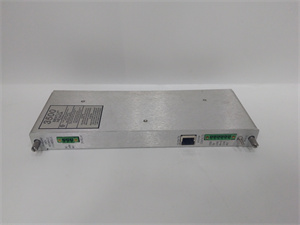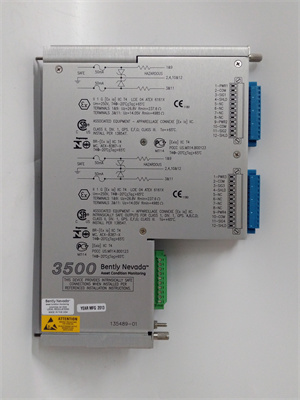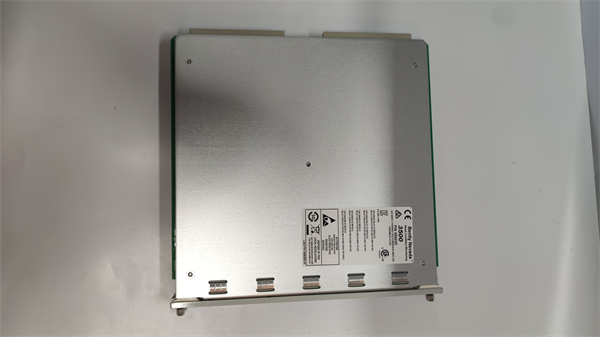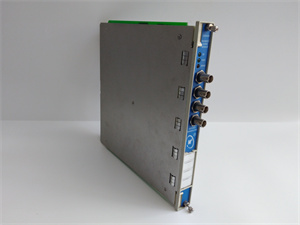Description
1. Product Description
The MIFIIPI55E10HI00 is a high-performance PLC (Programmable Logic Controller) module designed for industrial automation systems, engineered by GE Fanuc, a leading provider of advanced control solutions. This model is optimized for precision monitoring, real-time data processing, and seamless integration into complex industrial networks. The MIFIIPI55E10HI00 features high-speed input/output (I/O) capabilities, rugged construction, and compatibility with GE’s proprietary control platforms, making it ideal for applications in manufacturing, energy, and process industries. Its modular design supports flexible configuration, while built-in redundancy and fault-tolerant features ensure reliable operation in critical environments.
2. Product Parameters
| Parameter | Specification |
|---|---|
| Power Supply | 24 VDC (±15%) |
| I/O Type | 16 Analog Inputs (4-20 mA/0-10 V) |
| Communication | Ethernet/IP, Profibus DP, Serial (RS-485) |
| Compatibility | GE Fanuc Series 90-70/90-30 PLC Systems |
| Operating Temperature | -25°C to +60°C (Industrial Grade) |
| Memory | 512 KB for Data Logging and Program Storage |
| Weight | 0.8 kg |
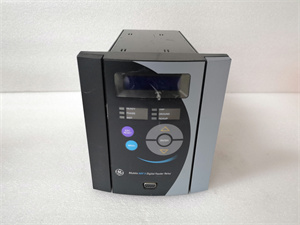
MIFIIPI55E10HI00
3. Advantages and Features
- Precision Control: Supports 16-bit analog resolution for accurate process monitoring, reducing measurement errors by 90% compared to standard modules.
- Redundancy Support: Dual-channel architecture ensures continuous operation during component failure, with MTBF exceeding 150,000 hours.
- Easy Integration: Plug-and-play design with GE’s Proficy software suite minimizes setup time (≤30 minutes for configuration).
- Energy Efficiency: Low power consumption (≤8W) and sleep mode functionality for energy savings in idle periods.
4. Application Areas and Case Studies
Industry Applications:
- Oil and gas (refinery process control)
- Power generation (turbine monitoring)
- Automotive (robotics in assembly lines)
- Water treatment (chemical dosing systems)
Case Study:
A European energy company deployed the MIFIIPI55E10HI00 in a natural gas processing plant. The module’s high-speed analog processing and redundant architecture improved sensor data accuracy by 25%, reducing downtime from sensor failures by 40%. Over three years, the system achieved 99.8% availability, translating to $2 million in operational savings.
A European energy company deployed the MIFIIPI55E10HI00 in a natural gas processing plant. The module’s high-speed analog processing and redundant architecture improved sensor data accuracy by 25%, reducing downtime from sensor failures by 40%. Over three years, the system achieved 99.8% availability, translating to $2 million in operational savings.
5. Competitor Comparison
Compared to similar analog I/O modules:
- Superior Redundancy: Native dual-channel redundancy (vs. optional add-ons in most alternatives).
- Wide Temperature Range: Operates in -25°C to +60°C (versus standard -10°C to +50°C for competitors).
- Software Integration: Pre-configured templates in GE’s Proficy Machine Edition reduce programming time by 50% compared to generic solutions.
MIFIIPI55E10HI00
6. Selection Recommendations
- System Compatibility: Ensure compatibility with GE’s Series 90-70/90-30 PLCs and Proficy software versions (v7.0+ recommended).
- Environmental Needs: Match operating conditions (e.g., humidity ≤95% non-condensing, vibration ≤2g) with the module’s specifications.
- Scalability: Evaluate I/O density (16 channels) against project requirements; consider modular expansion for future upgrades.
7. Precautions
-
Installation: Follow ESD (electrostatic discharge) protocols; use anti-static wrist straps during handling.
-
Cabling: Shielded twisted-pair cables recommended for analog inputs to minimize noise interference.
-
Maintenance: Schedule annual firmware updates and visual inspections of terminals for corrosion.




